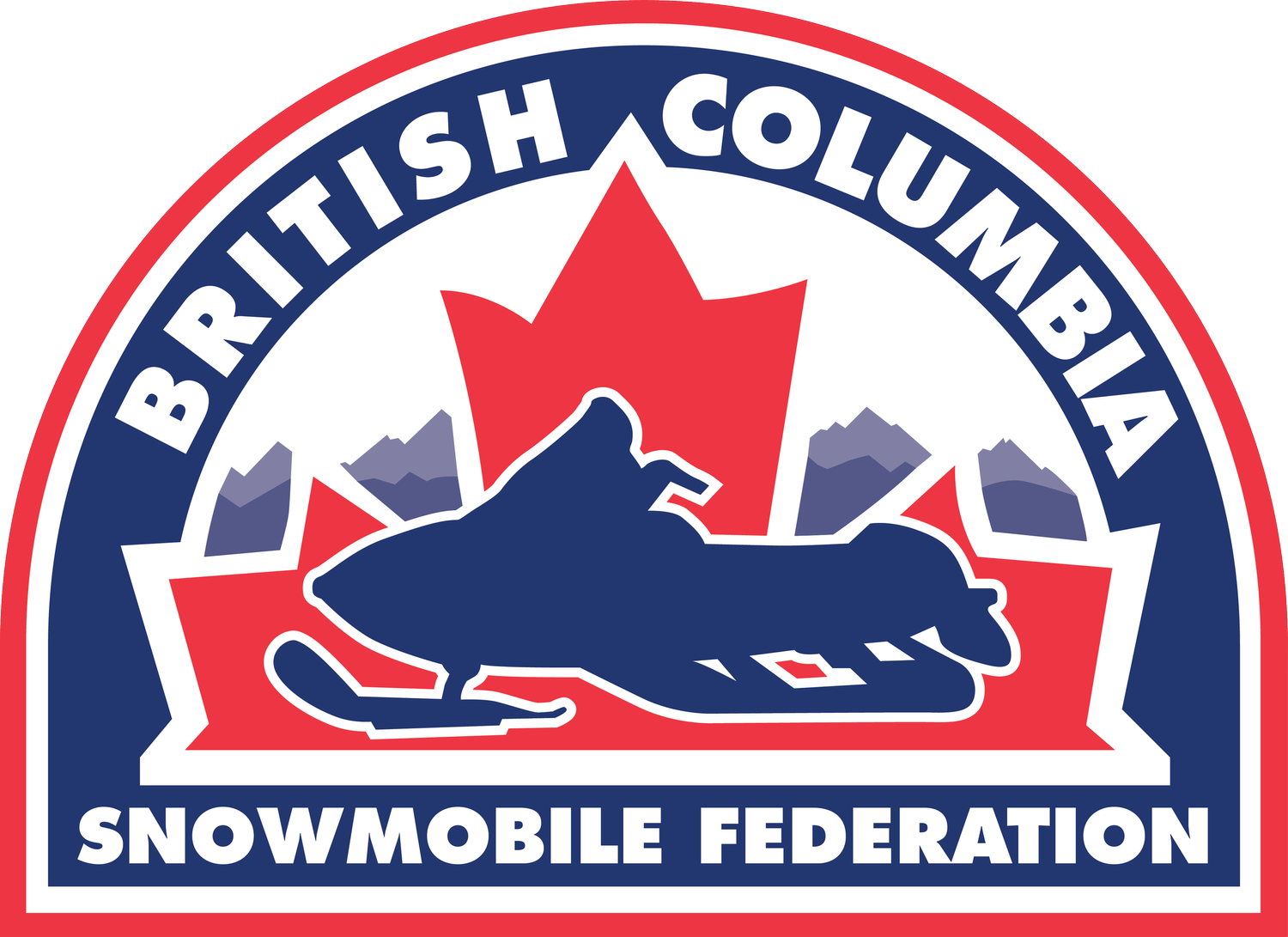Common Terminology for New Riders in BC
The past year has been a record-breaking year for all snowmobile manufacturers across North America. With many brand-new riders entering the sport we figured it would be a great time to shed light on some common terminology used in articles, social media posts and verbal dialogue.
Avalanche Transceiver: Sometimes referred to as an Avalanche Beacon, this device transmits and receives a signal out to other transceivers. In the event of an avalanche, searchers will switch their device to the search mode to find the buried rider. The term beacon has been discontinued by many avalanche professionals for it created the impression that it would give off a batman like beacon signal anyone could simply find by looking up into the sky. Transceivers are one of the necessities needed for mountain riding. Practice often, and make sure you have a triple antennae transceiver that is up to date with today’s technology. Many “great deals” found on your local buy and sell pages are devices that are obsolete and could impair a rescue. Read more about avalanche transceivers
AST – AST is the abbreviation for Avalanche Skills Training. The bare minimum level of AST training recommended when riding the mountains of BC is AST Level one. Click here for more information on AST training.
Shovel – An Avalanche shovel is not your average compact shovel for should you need it in a rescue situation you will be digging through dense snow and ice. Your shovel should be made of metal and specifically manufactured for avalanche rescue. An avalanche shovel is one of the 3 necessities needed when riding in the backcountry and should always be worn on your person (in a backpack).
Probe – An avalanche probe is a collapsible rod that is used to poke through avalanche debris in order to find a buried victim and like your shovel should be on your person in your backpack.
Backpack – A snowmobile backpack is not your typical hello kitty kind of pack. It is designed to be durable enough to withstand abuse while having enough storage capacity to carry your essentials should you become separated from your snowmobile or find yourself spending the night in the backcountry.
Avalanche Air Bag – An avalanche air bag is a backpack that in addition to being durable has the ability to inflate pillow like compartments which can prevent a rider from becoming buried when the trigger is pulled.
Avalanche Vest – Like an avalanche air bag, the vest inflates to prevent burial with the added bonus of a vest like fitting that provides armour to protect the solar plexus from impact.
Protective Vest – A protective vest contains armour to prevent injury in the solar plexus region. Snowmobile specific protective vests are designed to withstand the cold.
Simple Terrain - Simple terrain has exposure to low angle slopes (less than 30 degrees) and is a great choice for novice riders or riding during snowpack instability. Read More
Complex Terrain - Complex terrain has exposure to multiple overlapping avalanche paths or large expanses of steep, open terrain. Here, there are multiple avalanche starting zones, many terrain traps below the open terrain and minimal options to reduce exposure. Read More
ATES Ratings – An abbreviation for Avalanche Terrain Exposure Scale, ATES ratings help one create a trip plan based upon skill level or snowpack conditions. Read More
Cornice – A cornice is an overhanging edge of snow deposit created by a mass of wind. Cornices can be unstable and break off creating an avalanche. Read More
Wind Slab – A wind slab is a layer of snowpack created by strong winds creating a very unstable foundation. Read More
Persistent Weak Layer – A persistent weak layer is a layer of the snowpack that does not bond over time creating dangerous conditions especially when a heavy load of precipitation falls on top of it. Read More
Flat Light – When the skies are grey and overcast definition of terrain features can become difficult to recognize which can create a challenge when navigating. Adjusting the color of goggle lens can facilitate better terrain definition. Colors such as yellow, rose and blue may help with clarity.
Spring Snow – Also called concrete snow, or hero snow, this snow condition is dense and hard pack making navigation a breeze for even newbies. Climbing terrain features is easy but one must remember that what goes up, must come down and spring snow does not make slowing down or stopping easy. Think of a luge run. Choose your terrain wisely and ride to your skill level.
Tree Well – Covered by overhanging branches, a tree well is a hole created around the base of a tree as snow accumulates around it. Tree wells can be a hazard should a rider find themselves trapped. Read More
Scratchers – Mountain sleds are built for performance and can overheat under hard pack conditions. Scratchers located midway on the rails of your sled scratch the hard snow surface to facilitate cooling.
This is just the tip of the iceberg when it comes to understanding snowmobile terminology. Stay tuned for more! Part two is coming right up.
We have to give great thanks to Avalanche Canada and Backcountry Access for their incredible outreach of information. Here are some excellent links to further your bank of knowledge.
Avy Savvy Online Tutorial
BCA Avalanche Avoidance Videos
Welcome to the sport of snowmobiling. Ride safe. Get the Gear, Get the Training, Get the Picture.
Practice frequently and choose your ride crew wisely.

